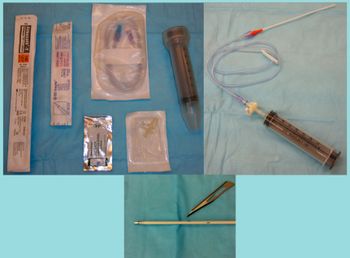
In well-selected cases, these localized chemotherapies have shown promise.

In well-selected cases, these localized chemotherapies have shown promise.

State roundup: A look at the world of veterinary health.

Expert advice on surgical excision.

A new study sheds light on risk factors for the development of these tumors.

Innovative technique relieves dogs' discomfort, offers second chance to participate in study.

See how these veterinary specialists and residents used various therapies to produce a good outcome in this case.
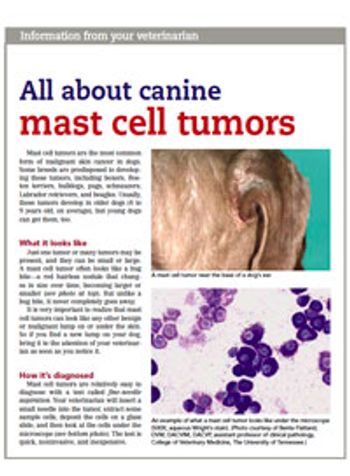
Pass out this resource to clients with affected dogs.

Dr. Timothy Fan answers this reader query about controlling cancer pain.
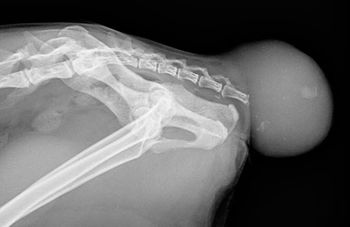
Can you discover the cause?
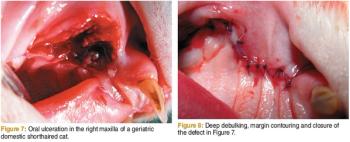
Tips for catching this invasive neoplasia as early as possible.
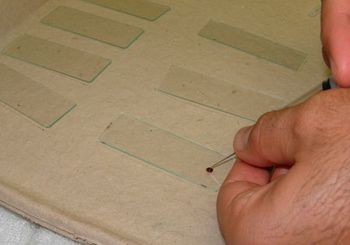
Follow this step-by-step guide to prepare a high-quality slide, increasing the value of its interpretation.

College Station, Texas - A study shows that a new immunotherapy for dogs diagnosed with advanced-stage non-Hodgkins lymphoma (NHL) could improve their survival time and quality of life.

A recent study investigated this option for treating this common urinary tract malignancy.

Make rounds with these veterinary specialists and residents for a complete picture of this neoplasia in dogs.

Advanced medicine gives pets a chance in the fight against pet cancer, but it's important to protect yourself and your employees when dealing with these dangerous drugs.

The vaccine shows an increase in survival time for dogs with spontaneous non-Hodgkin's lymphoma.

Cells from normal tissues live harmoniously, maintaining an appropriate distance from each other without piling up. They divide only at the rate necessary for replacement of tissue which has died from aging or injury.

Soft tissue sarcomas of the cat come in several forms. Injection site sarcomas/Vaccine associated sarcomas are the most common sarcomas seen in feline patients today.

Mast cell tumors (MCT) are the most common skin tumors in the dog. They represent 16-21% of all skin tumors. There are two forms in the dog, the dermal form and visceral form in the dog.

Lymphoma is considered to be the most common cancer in the cat. Lymphoma can affect cats of any age group and any breed. There seems to be biphasic occurrence with a peak in young cats and then another peak in middle aged to slightly older cats.

Bladder tumors represent < 2% of all canine malignancies. Transitional cell carcinoma is the most common histologic type diagnosed in both cats and dogs.

Osteosarcoma (OSA) is the most common primary bone tumor in dogs accounting for up to 85% of bone tumors in the dog.

A certain scent is associated with lung cancer, and dogs can detect it.

Carvallis, Ore. - Canine cancer is presenting new opportunities for veteirnary and medical researchers to develop new treatment strategies.

Davis, Calif. - A protein recently identified by veterinary researchers at the University of California-Davis may be key to diagnosing and treating lymphoma in animals and humans.